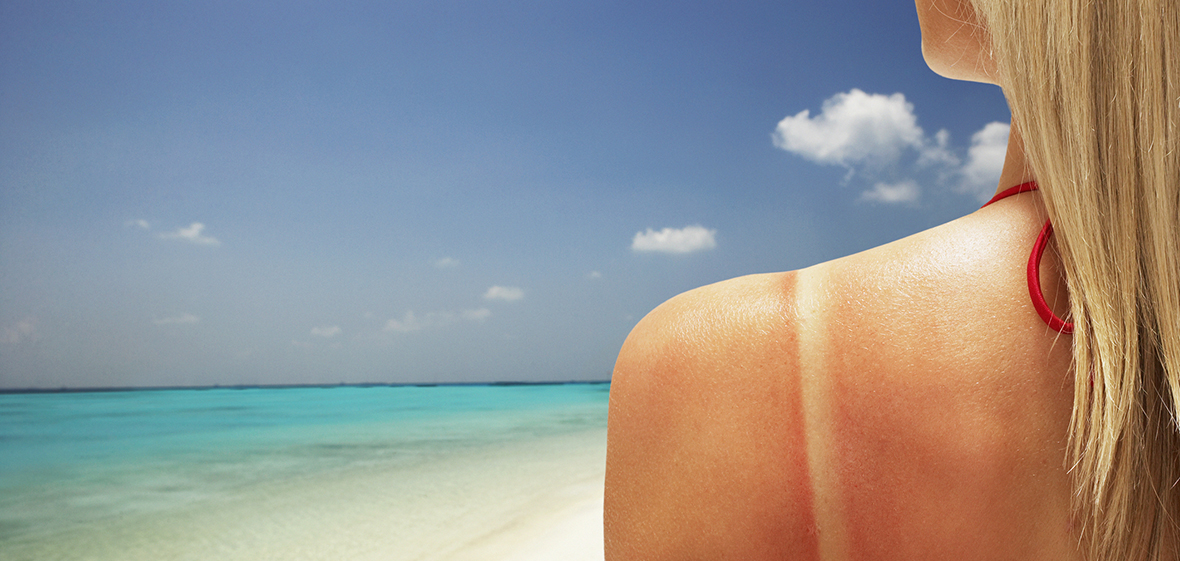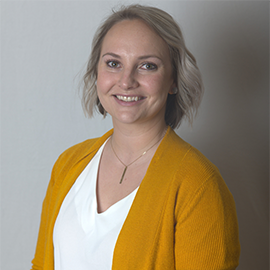
As the warm sun tempts us to spend more time outside, it’s important to be mindful of the potential risks of excessive sun exposure. Long-term contact with the sun’s harmful ultraviolet (UV) rays frequently results in sunburned skin.
Fortunately, sunburn can be quickly and effectively treated to reduce pain and accelerate the healing process. There are several things you can do if you have sunburned skin. Some of these include getting out of the sun and moisturizing with lotions or aloe.
To prevent further harm, seek shade or go indoors as soon as you start to experience sunburn symptoms. In addition to symptoms on the skin to look out for like redness, irritation, itchiness or blisters, sunburn can also cause other symptoms, such as tiredness, nausea or vomiting, fever or headache.
The burn can get worse and take longer to heal if you continue to be in the sun. To protect the impacted regions, wear airy, loose clothing. You can take a cool shower to offer quick comfort. Never apply ice straight on the skin because it could cause more harm.
A sunburn dehydrates the body by removing moisture from the skin. To replace lost fluids and encourage internal healing, increase your fluid intake, especially by drinking water. Avoid alcohol and coffee since they can make you more dehydrated.
To hydrate and calm burned skin, use a mild, fragrance-free moisturizer. Look for products with chamomile or aloe vera that have calming and anti-inflammatory ingredients. Heavy lotions and treatments with petroleum-based ingredients should be avoided.
You can also use natural, herbal remedies to treat a sunburn. Redness and irritation from a sunburn can be treated by using pure aloe vera gel, cucumber slices or cool green tea compresses. It is important to remember that every person may respond differently to different treatments, and they could not be effective for everyone.
You may also use over-the-counter pain relievers, such as ibuprofen or TYLENOL®, to help with the discomfort of a sunburn or swelling. If you end up having any questions or medical issues, talk to a health care provider before taking medication.
If you get blisters as part of your sunburn, do not scratch, pick at or pop them because this could result in more damage to your skin. If a blister pops, you can clean it with an antibacterial cleansing solution and put a nonstick bandage on it.
A severe sunburn serves as a reminder of the value of sun protection. However, you can reduce pain and aid in the healing process with the appropriate care and attention. Be patient as sunburned skin can take a week or more to heal, and always put prevention first by adopting safe practices to prevent future sunburns.
If you experience a severe sunburn and have questions, UofL Health – UofL Hospital – Burn Center – Outpatient Burn Clinic can help. Call 502-562-BURN (2876) to schedule an appointment.









